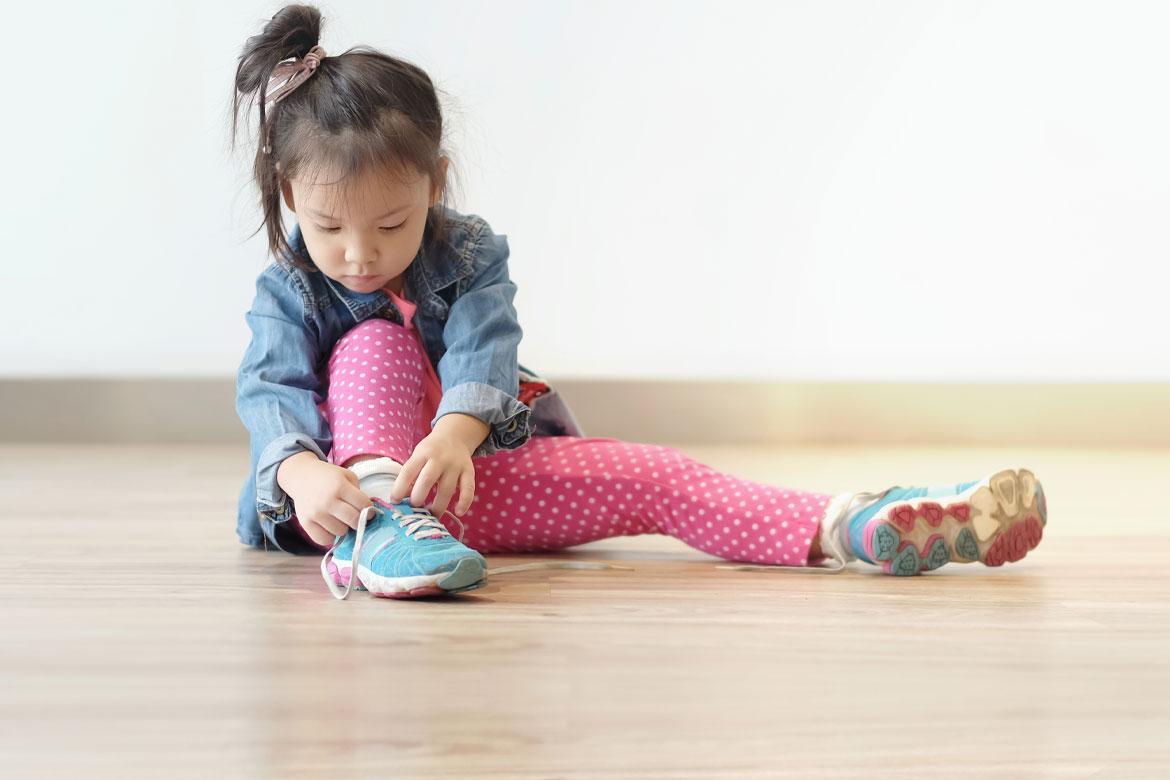-
-
Featured Care Areas

Prosthetics and Orthotics
What is prosthetics and orthotics?
In prosthetics, we use artificial limbs (prostheses) to enhance function and improve the quality of life of people who have lost their limbs. Our prosthetics services involve designing and constructing a customised prosthesis to match your needs and lifestyle.
In orthotics, we use external braces (orthoses) to support body parts that have been weakened by injury, disease, or disorders of the nerves, muscles, or bones.
Orthoses are custom designed and may be used on the upper and lower limbs, feet, cranium or spine. Examples of the different types of orthoses include:
- Spinal orthoses
- Knee-ankle-foot orthoses
- Ankle-foot orthoses
- Foot orthoses
Why do you need prosthetics and orthotics?
Prosthetics and orthotics can help to improve the function and quality of life of individuals, according to their unique needs.
Prosthetics
Protheses can help people with:
- Mobility issues such as walking, running and jumping
- Daily challenges such as eating, writing and dressing
- Occupational tasks such as hammering and painting
Orthotics
Orthoses can help children and adults with:
- Scoliosis
- Cerebral palsy
- Spastic movement
- Life-threatening neck injuries
- Knee or hip disarticulations, dislocation or subluxation
- Positional plagiocephaly, where an infant’s head develops an abnormally flattened shape and appearance
- Foot conditions, such as:
- Erratic movements in the foot
- Drop-foot, where the front of the foot drops due to weakness
- Low-tone pronation, where feet are turned outward due to muscle weakness and low arches formed
- High-tone pronation, where feet are turned outward due to increased muscle tone and high arches formed
- Outward turning feet
- Inward turning feet
What are the risks and complications of prosthetics and orthotics?
Prosthetics and orthotics may involve the following risks and side effects:
Prosthetics
In general, increased skin temperatures of the residual limb may lead to:
- Blisters
- Sweating
- Heat rash
- Abrasions
- Contact dermatitis
- Painful ingrown hair
Upper-limb prostheses
If you are receiving upper-limb prostheses, you may experience:
- Blisters
- Abrasions
- Rashes
Lower-limb protheses
If you are receiving lower-limb prostheses, you may experience:
- Chronic swelling
- Dark red discolouration
- Bulbous end on the limb
- Aggressive overgrowth of abnormal skin tissue
- Problems with postural alignment
- Muscle imbalances and strains
- Gait abnormalities
Orthotics
When using external braces, you may experience:
- Blisters
- Calluses
- Skin irritation
- Fungal infections
- Pressure and diabetic ulcers
Why choose Parkway East Hospital?
At Parkway East Hospital Singapore, our experienced orthopaedic consultants and surgeons are supported by a team of nurses and physiotherapists to provide you with a range of suitable treatment options.
This includes personalised prosthetics and orthotics services to improve your mobility and make your daily routines easier.
Find doctors from our allied hospitals
We offer a full spectrum of healthcare services under IHH Healthcare Singapore.
Check if your preferred hospital offers this treatment:
This page has been reviewed by our medical content reviewers.
Need help?
For enquiries, please call
+65 6307 7950 / +65 6307 7951
For appointment bookings, please WhatsApp
+65 9759 4703



